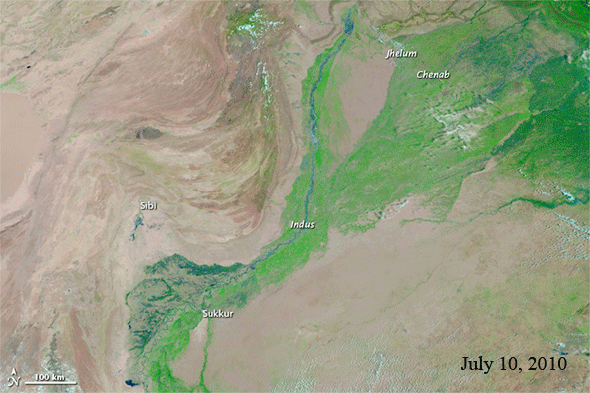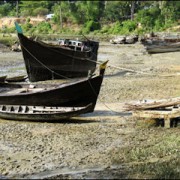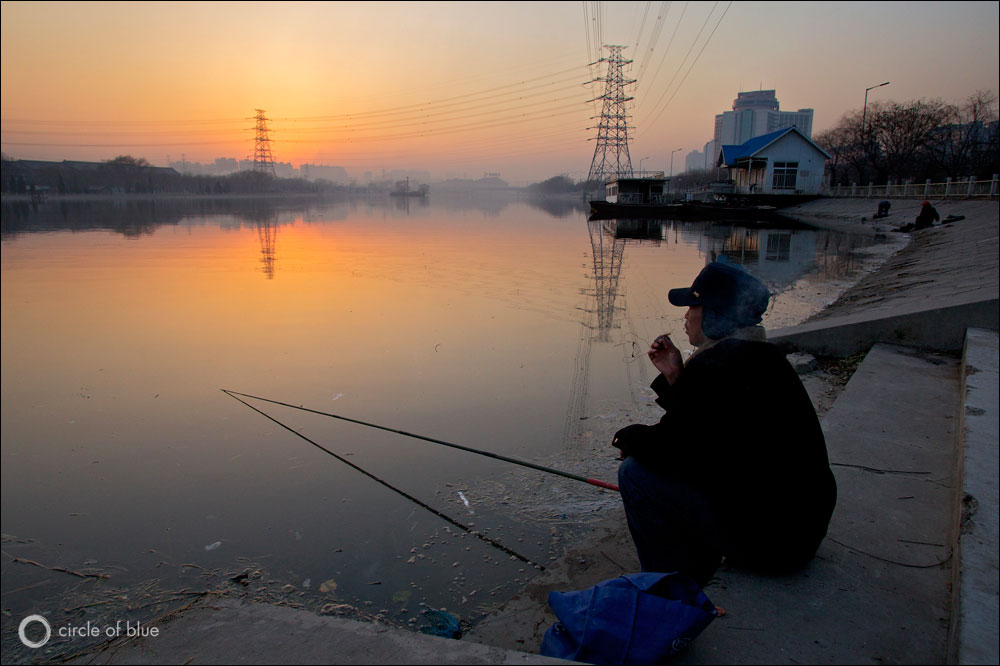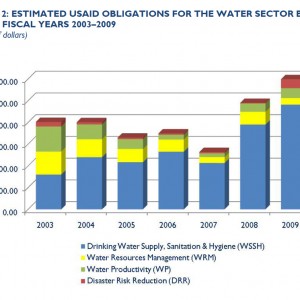NASA Compiling Landslide Database to Improve Disaster Response
Landslides killed thousands in Asia last week; NASA researchers are developing a tool to help relief efforts.
Landslides across Asia last week underscore the danger heavy rains pose in mountainous regions. More than 1100 people are confirmed dead while more than 600 are still missing in Gansu province in northwestern China from a landslide Saturday, the BBC reports.
In the Himalayas, a monsoon penetrating farther north than usual continues to wreak havoc as the flood crest on the Indus River pushes southward into the Sindh province. An estimated four million people have been displaced, while 1,600 have been killed by floods as well as landslides in northwest Pakistan, Reuters reports.
And northern India faces a similar scenario, but on a smaller scale. To date, 165 people are confirmed dead from the weekend landslide in Ladakh, but international NGO Save the Children estimates the final count may be as high as 1,000 based on reports from villages with blocked road access, the Kashmir Observer reports.
But disaster relief efforts could be helped by a landslide hazard forecasting tool being developed by NASA. Researchers are compiling a database of rainfall-induced landslides in order to test a mathematical model predicting where landslides could occur.
“It’s a work in progress,” said Dalia Kirschbaum, a research associate for NASA’s hydrological sciences division. “It shows where landslides have the potential to happen, not where they are happening.”
NASA researchers have been working on the database for five years, cataloging 1,600 landslides reported by English-language media sources in 2003 and from 2007 to 2009. (NASA did not compile reports from 2004 to 2005). More than 700 events have been documented for 2010, not including last week’s landslides.
The broad database remains incomplete because of the language and reporting limitations, with Central and South America being two areas of deficiency, Kirschbaum said.
From this inventory, researchers can test and improve the accuracy of their forecasting model. The current model is based on two variables: a 0 to five rating on how susceptible the ground cover is to a landslide, and satellite rainfall data, with results showing the potential for landslides for an area 25 kilometers square.
Kirschbaum told Circle of Blue that even though the forecasting tool is still being refined, its best use might be in planning for disaster response as well as recovery by pinpointing susceptible regions and positioning relief supplies accordingly.
“If we have a higher resolution, say one kilometer, we can run a forecast of where a storm might go and the expected rainfall for the area. Then we can identify the resources needed to be mobilized for those areas,” Kirschbaum said.
The International Red Cross has already expressed interest in the forecasts, she added.
Prevention, however, is a much stickier problem than response. Soil properties and slope angle, vegetation cover and rainfall intensity are all natural factors for landslides that are often monitored, but the most overlooked cause is human activity, she said.
Homes built on marginal, hilly land in crowded cities are particularly vulnerable to intense rain. A slum built atop a former garbage dump near Rio de Janeiro was leveled in April, leaving nearly 200 dead, Al Jazeera reported. Rural inhabitants living on deforested slopes face the same threat.
Source: BBC, Reuters, Kashmir Observer, Al Jazeera
Brett writes about agriculture, energy, infrastructure, and the politics and economics of water in the United States. He also writes the Federal Water Tap, Circle of Blue’s weekly digest of U.S. government water news. He is the winner of two Society of Environmental Journalists reporting awards, one of the top honors in American environmental journalism: first place for explanatory reporting for a series on septic system pollution in the United States(2016) and third place for beat reporting in a small market (2014). He received the Sierra Club’s Distinguished Service Award in 2018. Brett lives in Seattle, where he hikes the mountains and bakes pies. Contact Brett Walton









Leave a Reply
Want to join the discussion?Feel free to contribute!